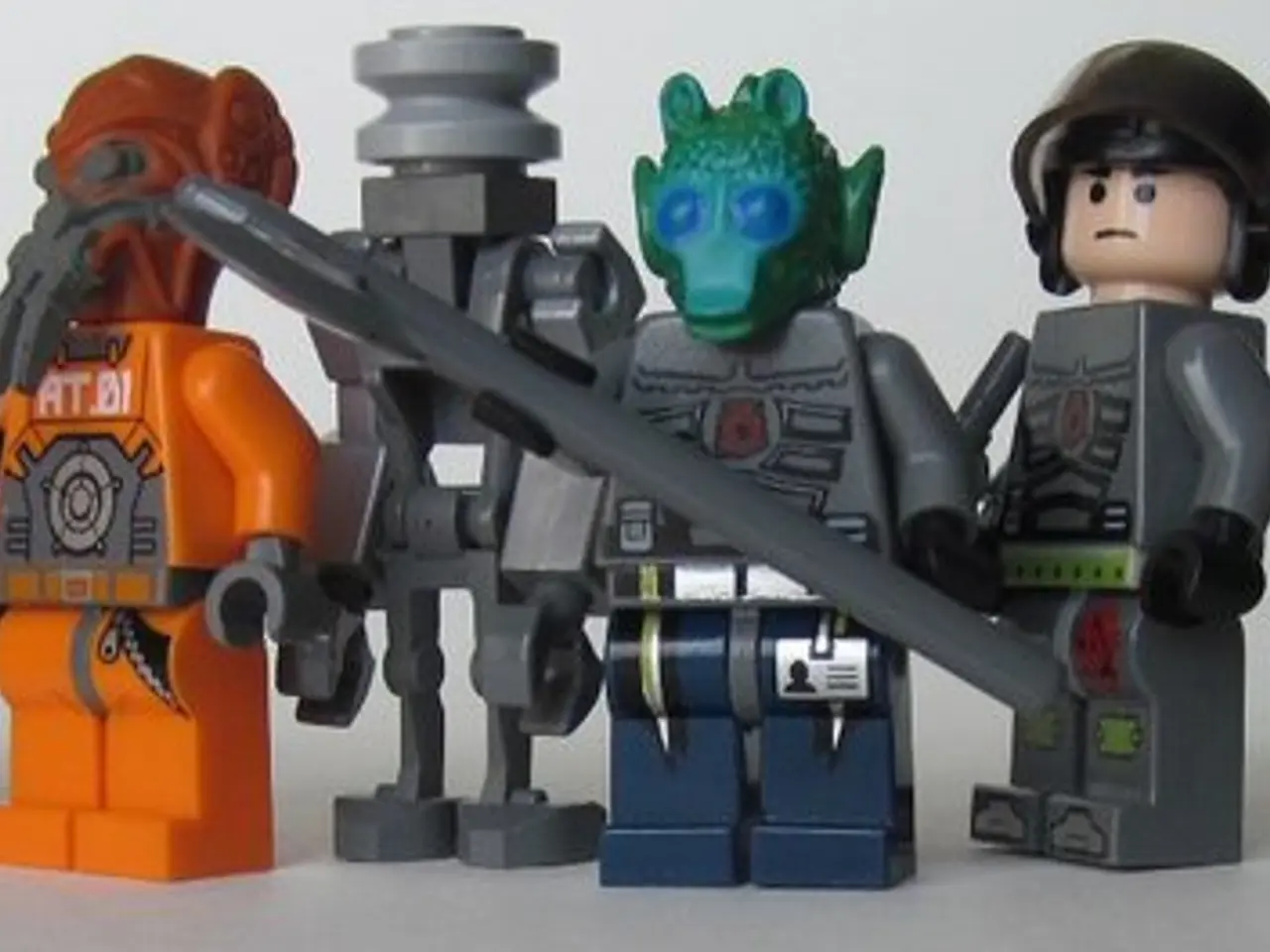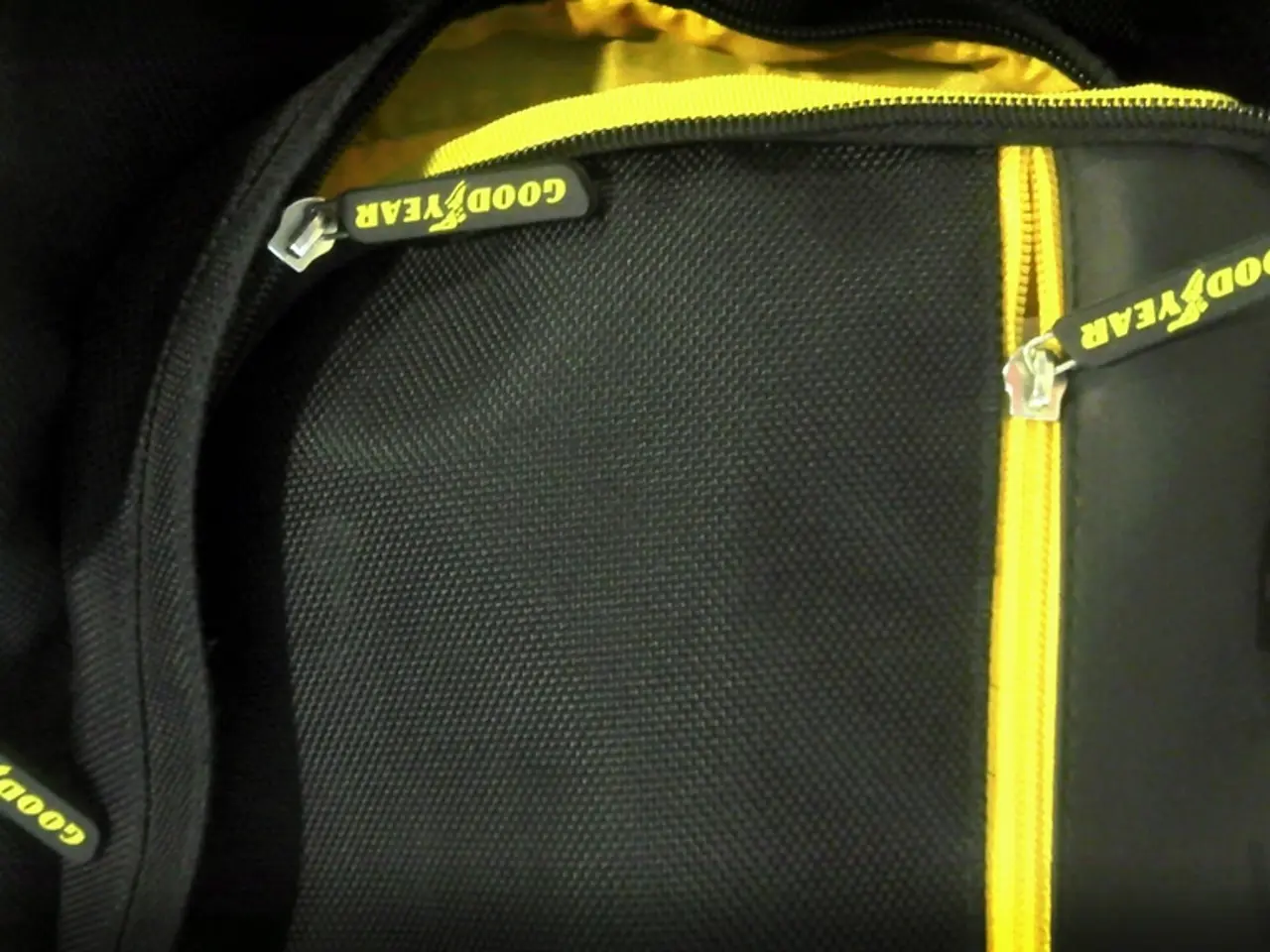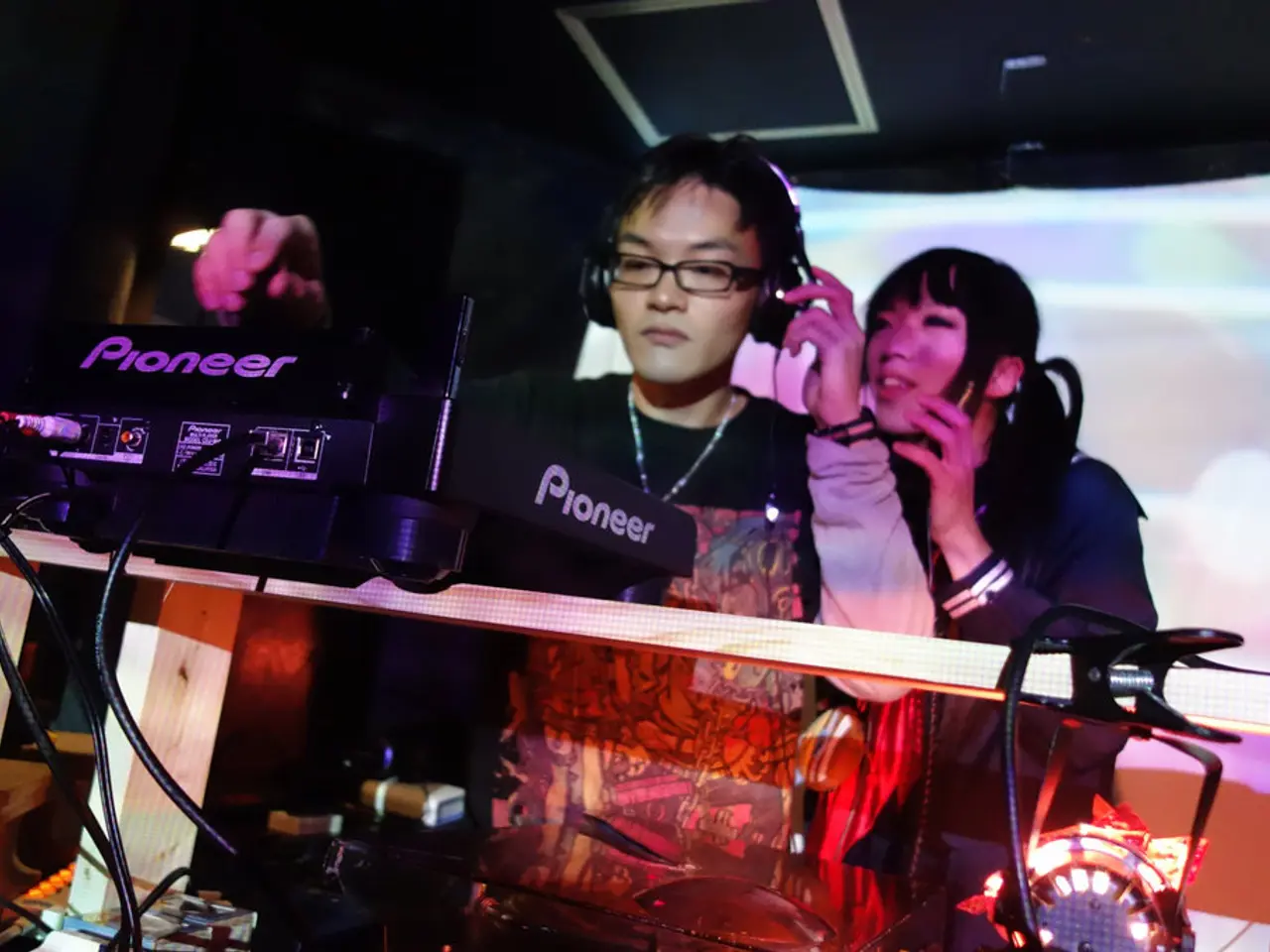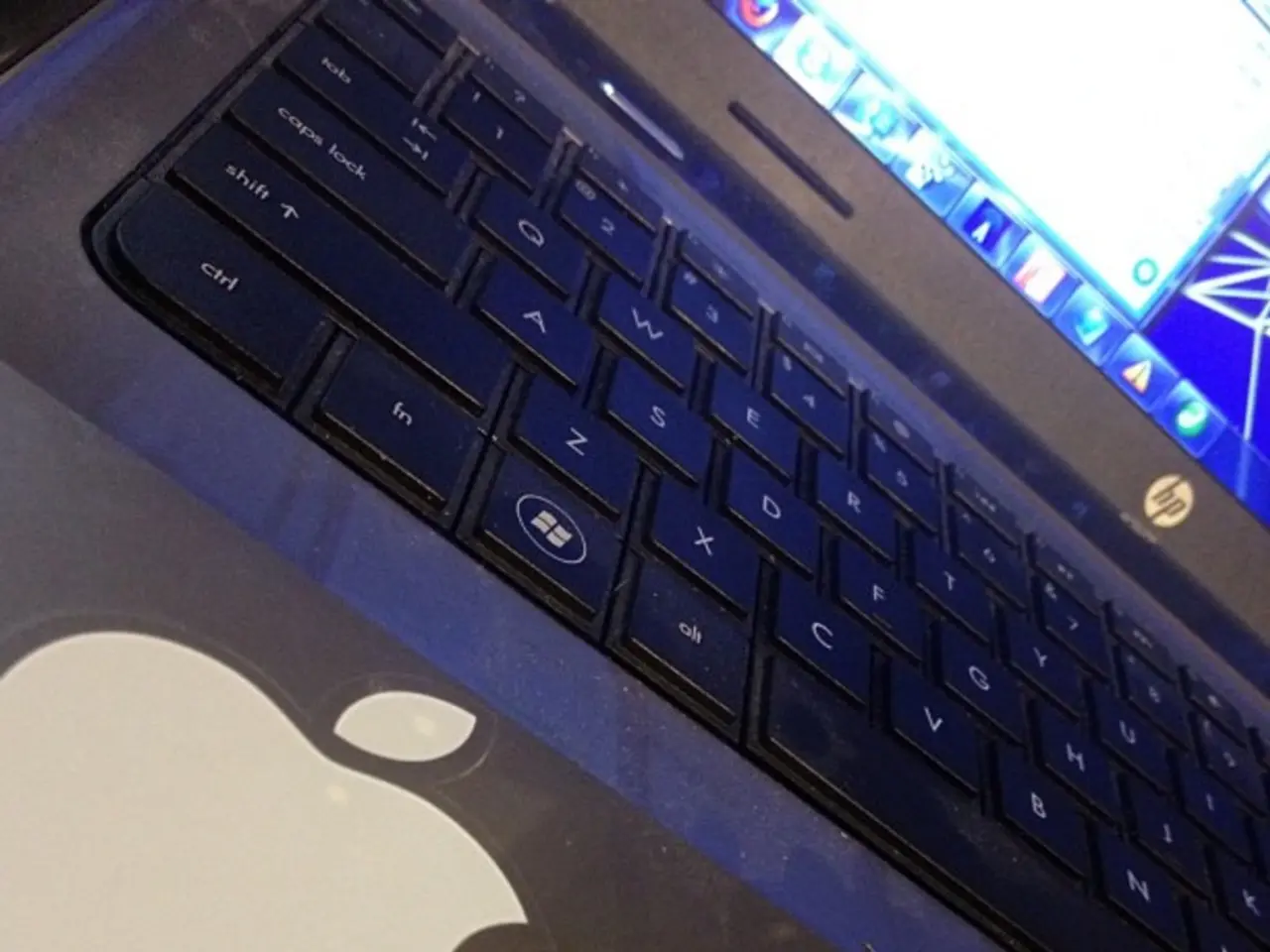Docking Operations on International Space Station
In an exciting initiative aimed at inspiring the next generation of scientists and engineers, space-themed activities and experiments are being planned across the UK. These activities, designed to engage young children, aim to introduce the fundamental principles of Newton's Laws of Motion in a fun and interactive way.
One such activity involves maneuvering a small LEGO rocket into a paper cup without knocking it over. To make the challenge more authentic, the box with a hole is referred to as the "docking station." The goal is to simulate the precision required for spacecraft docking, and the activity even includes top tips for a successful docking, such as moving backwards and forwards, coming closer together, and bending knees.
The method for the activity is simple yet effective. Volunteers have a string tied around their waists, with a small string attached to a rocket. The challenge is to guide the rocket into the box or paper cup without touching the rope. This activity requires a string/rope, a small LEGO rocket, a box with a hole, a paper cup, and two volunteers.
The effectiveness of a shorter string is also being tested in the activity, providing an opportunity for children to explore the impact of force on motion as described in Newton's Laws.
## Key Principles of Newton's Laws of Motion
Newton's Laws of Motion are fundamental principles that describe how objects move and respond to forces. These laws are crucial for understanding the behavior of spacecraft during missions, including docking with a space station.
1. **Newton's First Law (Law of Inertia):** An object at rest will remain at rest, and an object in motion will continue moving with a constant velocity in a straight line unless acted upon by an external force.
2. **Newton's Second Law (Law of Acceleration):** The acceleration of an object is directly proportional to the net force acting upon it and inversely proportional to its mass, expressed as \(F = ma\).
3. **Newton's Third Law (Law of Action and Reaction):** For every action, there is an equal and opposite reaction. Forces always occur in pairs.
## Application to Spacecraft Docking
Spacecraft docking with a space station involves precise control over the spacecraft's motion. During the docking process, forces might be applied in the opposite direction to stabilise the spacecraft relative to the space station. Newton's Third Law governs these interactions, ensuring that the forces are balanced and controlled.
In space, Newton's Laws play a crucial role in ensuring safe and accurate docking maneuvers. For example, during a recent docking with the International Space Station (ISS), Commander Yuri Malenchenko took over manual control to dock safely. The method for docking involves a probe being guided into a cone, and a latch closing to secure the connection.
The UK's enthusiasm for space travel and exploration is evident in the widespread interest in Tim Peake's space mission. Peake, a British astronaut, spent six months aboard the ISS and has seeds aboard that will be grown by schools in the UK upon his return.
These educational activities, offered by STEM Learning, not only provide an engaging way to learn about Newton's Laws of Motion, but also inspire young people to explore the wonders of space and consider careers in science, technology, engineering, and mathematics (STEM).
The individual who enjoys space travel and exploration was moved by the story of the Shuttle, and finds the potential for human exploration of space both fascinating and inspiring. These activities offer a unique opportunity to experience the excitement of space travel, while also learning about the scientific principles that make it possible.
- The space-themed activity, part of the UK's exciting initiative for children, aims to introduce the fundamental principles of Newton's Laws of Motion, particularly the Law of Inertia, through a simulation of spacecraft docking with a LEGO rocket and a paper cup.
- By testing the effectiveness of a shorter string in the docking activity, children have the opportunity to experiment with the impact of force on motion, as described in Newton's Laws, and learn about the concept of acceleration, which is outlined in Newton's Second Law.
- As part of their education and self-development, children will be introduced to Newton's Third Law during the spacecraft docking activity, where they will understand how the principle regulates forces during the docking process, just as it did in the docking of the International Space Station (ISS).
- In addition to mastering the key principles of Newton's Laws, these activities encourage exploration and wonder about space and astronomy, and serve as a stepping stone for children to consider careers in science, technology, engineering, and mathematics (STEM).
- Engaging in these space-themed experiments and activities can inspire a lifelong passion for science, fostering an individual's curiosity about the potential for human exploration of space and the wonders it holds.




